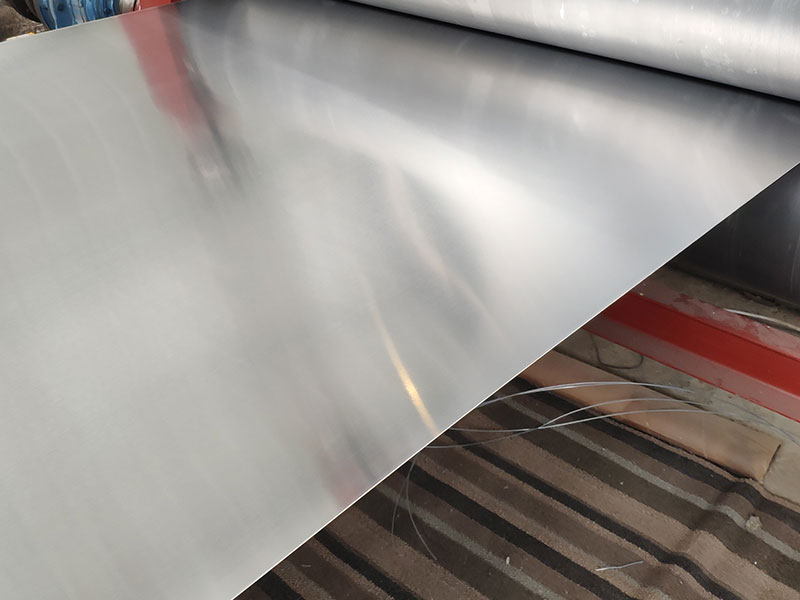6060 aluminium sheet
the Versatility of 6060 Aluminum Sheet: Functions, Applications, and Technical Insights
In the vast realm of metal fabrication and product development, aluminum alloys present unique advantages that are hard to overlook. Among these, the 6060 aluminum sheet stands out for its exceptional flexibility and varying applications. Known in the industry for its favorable composition and superior performance, this alloy conclusion engages engineers and craftsmen alike to explore its depth in design and function.
Working with 6060 aluminum sheet daily, I've noticed its exceptional machinability is a double-edged sword. While it makes fabrication processes like cutting, drilling, and milling relatively straightforward and efficient, minimizing waste and production time, it can also lead to challenges if operators aren't meticulous. The ease of machining can mask potential issues like inconsistent tool sharpness or feed rates, resulting in burrs, surface imperfections, or even dimensional inaccuracies if not carefully monitored. We’ve found that regular tool maintenance and operator training are crucial for consistently producing high-quality finished products from 6060, especially when high precision is required.
Furthermore, 6060's relatively low strength compared to other aluminum alloys, like 6061, dictates specific application choices. While suitable for parts requiring excellent weldability and corrosion resistance, such as decorative trim or components in less-stressed environments, it's not ideal for structural applications demanding high tensile strength. We often see designs initially specified for 6060 then revised after stress analysis reveals the need for a stronger alloy. Therefore, the limitations of its mechanical properties, alongside its strengths, is paramount in selecting the correct aluminum alloy for a given project and preventing costly rework or product failures down the line.
the Alloy: Chemical Composition and Properties
6060 aluminum is categorized under the 6000 series of aluminum alloys, which primarily consists of aluminum, magnesium, and silicon. The specific chemical composition includes 99% aluminum, 0.8%–1.2% magnesium, and 0.4%–0.6% silicon. The controlled balance of these metals gives 6060 its unique characteristics, ranging from excellent corrosion resistance to optimum machinability.
Primarily, the tensile strength of 6060 aluminum falls somewhere between 160 MPa to 275 MPa, which, while not the strongest aluminum grade, allows for ample bending and forming capacities. Furthermore, it is noted for its medium strength, reliability, and remarkable elasticity, making it easier to manipulate during construction processes.
Visually, the 6060 alloy finishes exceptionally well due to its mild workability, enabling a splendid aesthetic appeal ideal for decorative projects.
Functionality of 6060 Aluminum Sheet
Affine to its robust properties, the functionality of the 6060 aluminum sheet manifold extends into a multitude of applications. Most notably, its lightweight composition significantly reduces production costs while catering to structural integrity.
Here are just a few functional applications of the 6060 aluminum expansion:
-
Architectural Applications: Its aesthetics make 6060 aluminum ideal for decorative trim, window frames, partitions, and structural supports. Engineers favor this alloy for customizing architectural elements while simultaneously providing usability.
-
Automotive Industry: With a constant demand for lightweight materials to increase fuel efficiency, automobile parts formulated from 6060 aluminum portray considerable blend strength and durability. Parts such as chassis connections and body components utilize this alloy to ensure reliable performance during operations.
-
Furniture and Interior Design: The high level of architectonic finesse supported by the malleability of the 6060 alloy, contributes to customized furniture solutions, lamps, shelving systems, etc. Interior decorators have found synergy between cutting-edge design and premium functionality.
-
Marine Applications: Incorporating aluminum sheets into the marine craft as casting frames or joinery components emerges from the need for lightweight, corrosion-resistant elements. Additionally, 6060 provides the much-needed technical advantages for crafting energy-efficient vessels.







